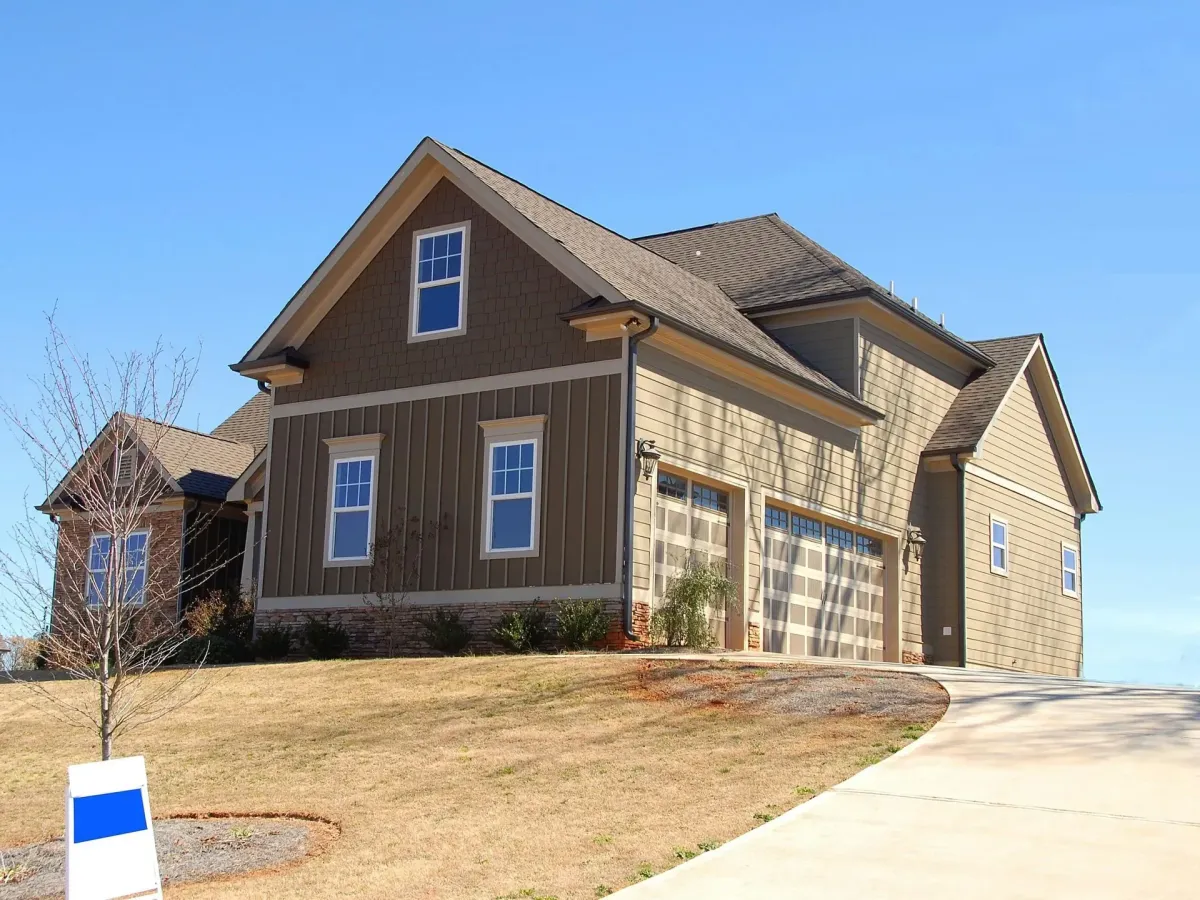
How to Extend the Lifespan of Your Roof: Maintenance Tips
Your roof is one of the most critical components of your village home, serving as the first line of defense against the elements while contributing significantly to your property's overall value. For homeowners in rural and village settings, where professional services may be less readily accessible, understanding proper roof maintenance becomes even more essential. With the right approach to care and maintenance, you can significantly extend your roof's lifespan, prevent costly repairs, and ensure your family remains safe and comfortable year-round.
Understanding Your Roof's Lifespan Expectations
Different roofing materials have varying lifespans, and understanding these expectations helps you plan for maintenance and eventual replacement. Asphalt shingles, the most common choice for village homes, typically last between 20 to 30 years with proper care. Metal roofing can endure 40 to 70 years, while slate and tile roofs may last a century or more when properly maintained. However, these timeframes assume regular maintenance and prompt attention to issues as they arise.
Village homeowners often face unique challenges that can impact roof longevity, including exposure to agricultural dust, proximity to trees, and potentially limited access to specialized roofing contractors. These factors make proactive maintenance even more crucial for preserving your investment and avoiding premature replacement costs.
Seasonal Inspection Routines
Establishing a regular inspection schedule forms the foundation of effective roof maintenance. Spring inspections should focus on assessing winter damage, checking for loose or missing shingles, examining flashing around chimneys and vents, and clearing debris from gutters and downspouts. During these inspections, look for signs of ice dam damage, which can cause significant structural issues if left unaddressed.
Summer inspections provide an opportunity to assess heat-related damage and prepare for autumn weather. Check for cracked or curled shingles, examine caulking around roof penetrations, and ensure adequate attic ventilation to prevent heat buildup that can prematurely age roofing materials. Fall inspections should concentrate on preparing your roof for winter weather by removing leaves and debris, trimming overhanging branches, and ensuring gutters are securely attached and properly sloped for drainage.
Winter inspections, while more challenging, remain important for identifying issues like ice dams, snow load problems, and potential structural concerns. From ground level, observe your roof's profile for sagging areas and monitor for icicle formation that might indicate ventilation or insulation problems.
Gutter Maintenance and Water Management
Proper water management represents one of the most critical aspects of roof maintenance, particularly for village homes that may experience heavy seasonal rainfall or snow accumulation. Gutters and downspouts work as an integrated system to direct water away from your roof and foundation, preventing damage that can compromise your home's structural integrity.
Regular gutter cleaning prevents clogs that can cause water to back up under shingles, leading to rot, mold, and interior damage. Village homeowners should pay special attention to gutters during autumn when falling leaves can quickly create blockages. Additionally, ensure downspouts extend at least three feet from your foundation and consider installing splash blocks or underground drainage systems to further protect your property.
Inspecting and maintaining gutter hangers, joints, and slope ensures optimal performance. Sagging gutters not only fail to drain properly but can also pull away from the fascia board, creating entry points for water and pests. Professional roof repair services can address complex gutter issues and ensure your water management system functions effectively year-round.
Addressing Minor Repairs Promptly
Small roofing problems can quickly escalate into major expenses if ignored, making prompt attention to minor issues essential for extending your roof's lifespan. Missing or damaged shingles should be replaced immediately to prevent water infiltration that can damage underlying materials and create ideal conditions for mold growth.
Flashing repairs require particular attention, as these metal components seal joints and penetrations where water intrusion is most likely to occur. Damaged flashing around chimneys, vents, and skylights can allow significant water damage before becoming visible inside your home. While some minor flashing repairs can be handled by experienced homeowners, complex issues warrant professional assessment to ensure proper installation and long-term effectiveness.
Caulking maintenance around roof penetrations provides another opportunity for proactive care. According to the National Association of Home Builders, regularly inspecting and refreshing caulk seals can prevent water damage that might otherwise require extensive repairs. Replace cracked or missing caulk promptly, using high-quality materials designed for exterior applications and temperature fluctuations.
Ventilation and Insulation Considerations
Proper attic ventilation and insulation work together to regulate temperature and moisture levels that directly impact your roof's lifespan. Inadequate ventilation can cause heat buildup in summer that prematurely ages shingles, while poor air circulation in winter can contribute to ice dam formation and moisture problems.
Village homes often have unique ventilation challenges due to architectural styles, additions, or modifications over time. Ensure soffit vents remain clear of debris and paint, allowing fresh air to enter the attic space. Ridge vents or other exhaust systems should provide adequate outlets for heated air to escape, creating proper air circulation throughout the attic space.
Insulation plays a crucial role in preventing heat transfer that can damage roofing materials and create ice dams. The Department of Energy recommends specific insulation levels based on climate zones, and ensuring your attic meets these standards protects both your roof and your energy costs. Properly installed insulation also prevents condensation that can lead to wood rot and structural damage over time.
Professional Maintenance and When to Call Experts
While many maintenance tasks can be identified by dedicated homeowners, most situations require professional expertise to ensure safety and effectiveness. Steep roofs, complex architectural features, and structural concerns all warrant professional assessment and repair. Additionally, working with electricity, major flashing repairs, and structural modifications should always involve qualified professionals.
Annual professional inspections provide valuable peace of mind and can identify potential problems before they become costly repairs. Experienced roofers can spot subtle signs of wear, assess the remaining lifespan of various components, and recommend maintenance priorities that maximize your investment. For village homeowners, establishing a relationship with a reliable roofing contractor ensures access to expertise when needed and can provide valuable guidance for long-term roof care planning.
Documentation of professional inspections and repairs also supports warranty claims and can be valuable when selling your property. Keep detailed records of all maintenance activities, repairs, and professional assessments to demonstrate proper care and support insurance claims if necessary.
Protecting Your Investment for Years to Come
Your roof represents a significant investment in your village home's protection, comfort, and value. By implementing consistent maintenance practices, addressing issues promptly, and working with qualified professionals when needed, you can maximize your roof's lifespan and avoid premature replacement costs. Regular attention to gutters, ventilation, minor repairs, and seasonal maintenance creates a comprehensive approach that protects your home and family year-round.
Remember that roof maintenance is not just about preventing problems but also about optimizing performance and efficiency. A well-maintained roof contributes to lower energy costs, improved indoor comfort, and enhanced property value, making your maintenance efforts a wise investment in your home's future.
Take Action to Protect Your Home Today
Don't wait for small roofing problems to become major expenses. If you're a village homeowner concerned about your roof's condition or need professional guidance on maintenance priorities, NB Roofs is here to help. Our experienced team understands the unique challenges facing rural and village properties and can provide comprehensive roof inspection services, maintenance planning, and expert repairs to extend your roof's lifespan and protect your investment. Contact NB Roofs today to schedule your professional roof assessment and take the first step toward years of reliable protection for your home.
